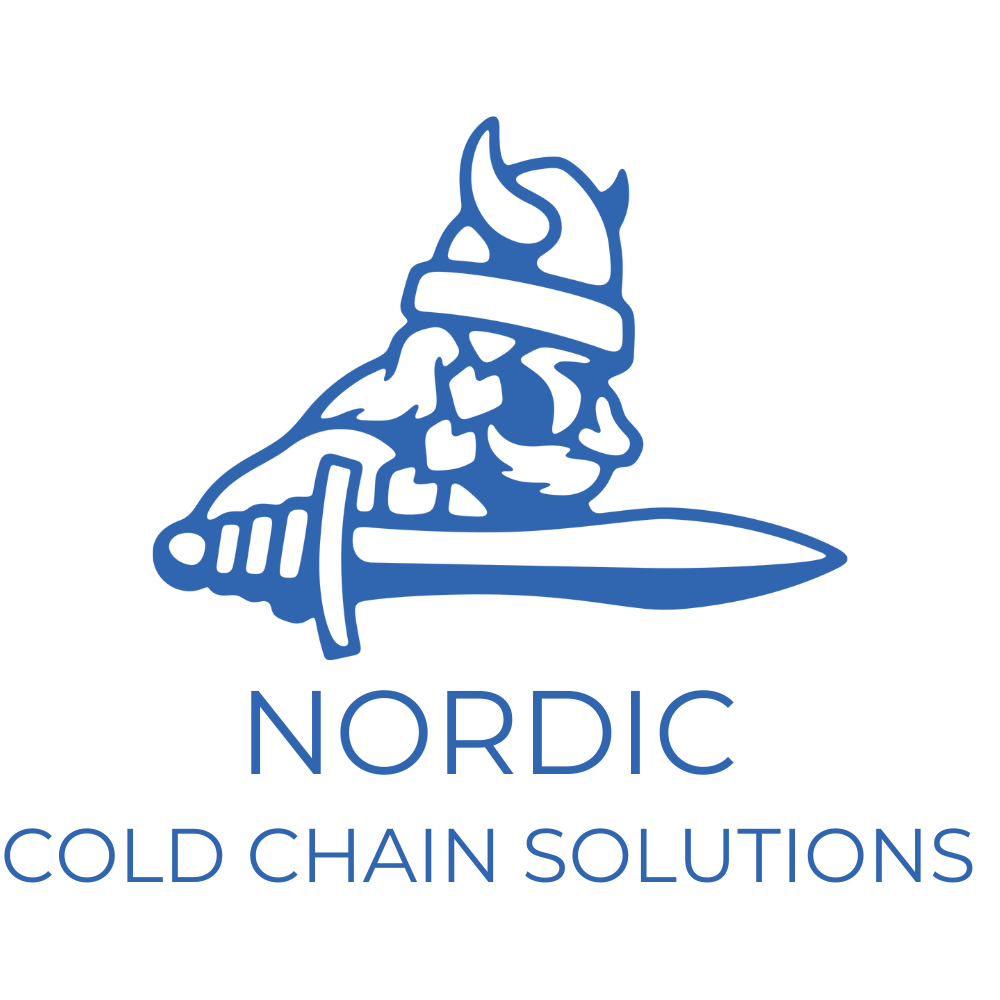If you’ve ever looked into cold chain shipping, you may have heard the term ambient temperature. As opposed to room temperature, which is a range of air temperatures that most people prefer in indoor settings, ambient temperature is specifically the temperature of the air in any particular place as measured by a thermometer. Ambient temperature can be very different from room temperatures, such as in an unheated room in the winter or an unchilled room in the summer.
Ambient temperature can also be used to describe the state of objects, especially in the case of electronics. For electronics, the ambient temperature around the objects can be different and controlled to help the device operate the most efficiently.
When it comes to cold chain logistics, maintaining ambient temperature tends to mean maintaining a temperature between 15°C to 25°C, or 59°F to 77°F. These temperatures fall in the range of comfortable room temperature instead of being on one extreme and of temperature ranges. Products like makeup and electronics do best when shipped at an ambient-controlled temperature, so the external temperature doesn’t melt or otherwise compromise the product.
Products that can help maintain ambient temperature include thermal blankets, temperature-controlled trucks, and advanced temperature monitoring if necessary. Products can also be packed in foam boxes and foam mailers to provide light insulation against extreme temperatures.
For storage and distribution, it is rather easy to maintain ambient temperatures as long as the building where the products are being stored is properly insulated.
Compared to shipping frozen items, ambient temperature items are far easier to ship. For products that can easily melt at high temperatures or products that can be ruined from cold temperatures, cold chain logistics to maintain ambient temperatures is necessary.






